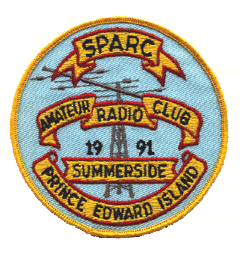NEWS UPDATE (as per QRZ.com)
I continue being on 30m long path to NA on 10131/FH daily, from approximately 12:00 to 13:00Z, after which the band goes flat here, and I usually move to 17m for NA. Only well-equipped NA and SA stations get over the nasty local QRM that constantly ranges from S7-9 on 30m. Nevertheless, I see a lot of light and overlapping traces, mostly in the 1100-1800Hz range. Very difficult to decode at such low signal levels, so check your TX slot before you transmit and spread out – you have all the space up to at least 2800Hz. That sure raises your chances.
On 17m the usable path to NA varies daily, with no forecast tool correctly predicting whether long or short path is better. VOACAP typically shows both being equally usable, at least in the 13:00-15:00Z window, but it is either-or from what I see. Check both and see what is best on a particular day.
Local QRM is at the “never seen before” level in the whole HF spectrum, but much worse on bands starting with 20m and lower. 17/15/12&10m are fairly “clean” compared to low portion of the spectrum and allow decent copy and runs, at least into EU and JA. I am still in the process of bringing in a “QRM buster” device, but it may not be available for the rest of this winter season. Ultra Beam / WIMO 2-element Yagi (40-6m) works great and with the 180-degree instant switching allows for quick path checks, or to work someone calling from the opposite direction.
For the time being, activity will only be on 40-6m, while the 80/160-meter antenna remains a project for the summer months. This will also give me some extra time to try and find a solution for the interference. Note that 60m band is not permitted in Nepal.
Because of the QRM, the operation on 30m and lower will only be on FT8 / FH for the time being – not that I like it, not at all, but.. On other bands, the vast majority of activity is, of course, CW.

